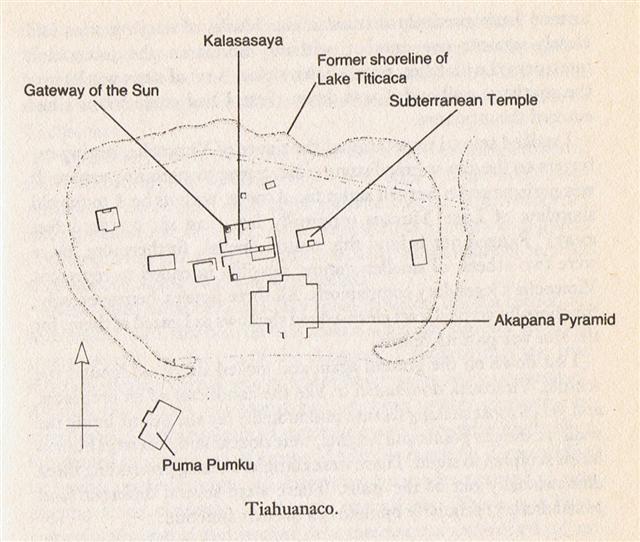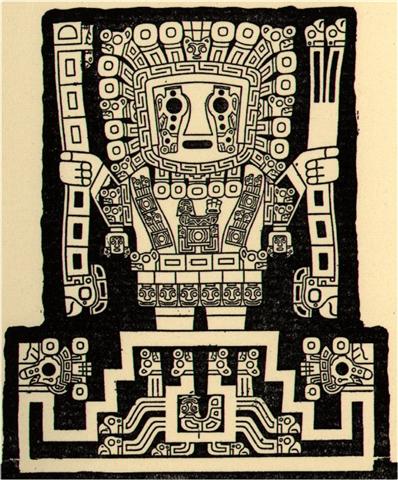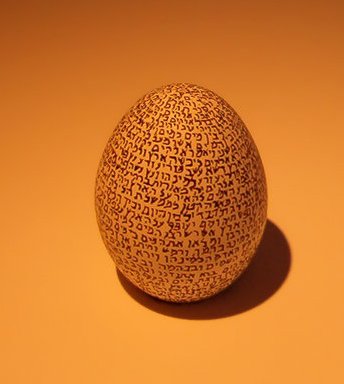3. Agricultural societies are dependent on rainfall. Even rivers and lakes would not exist if there were no origins for them. Such is the fact all over the globe. Therefore we ought to be able to recognize the importance of mountains everywhere we look. I remember an example: "... I walked towards it now, and spent some time strolling around it and clambering over it. Originally it had been a clean-sided step-pyramid of earth faced with large andesite blocks. In the centuries since the conquest, however, it had been used as a quarry by builders from as far away as La Paz, with the result that only about ten per cent of its superb facing blocks now remained.
What clues, what evidence, had those nameless thieves carried off with them? As I climbed up the broken sides and around the deep grassy troughs in the top of the Akapana, I realized that the true function of the pyramid was probably never going to be understood. All that was certain was that it had not been merely decorative or ceremonial. On the contrary, it seemed almost as though it might have functioned as some kind of arcane 'device' or machine. Deep within its bowels, archaeologists had discovered a complex network of zigzagging stone channels, lined with fine ashlars. These had been meticulously angled and jointed (to a tolerance of one-fiftieth of an inch), and had served to sluice water down from a large reservoir at the top of the structure, through a series of descending levels, to a moat that encircled the entire site, washing against the pyramid's base on its southern side ..." (Graham Hancock, Fingerprints of the Gods) I interpret the Sign of Akapana as an image made in the likeness of the 'Earth Mountain', the high place from where the precious sweet water originates. In other words should Akapana correspond to the source of the Nile high up in Ethiopia (where King Cepheus lives - in myth there is no definite past). The zigzagging stone channels inside this mother of mountains can be compared with the similarly designed 'curves' incised on the Gateway of the Sun:
Sun (the Rain God) is standing on high ground, as if on a step-pyramid. Indeed it probably represents Akapana - given that we orient ourselves to the west in the map above. Posnansky located this great Sun figure (with black eyes) to September, the month of autumn equinox. Inside this man-made mountain, there are 6 bird heads at the end of 'flows' and 4 'puma' heads oriented straight up. 6 + 4 = 10. In the center there is a kind of fish creature, and I guess it could correspond to the Southern Fish. The way above is open, as if the 'fish' is lying waiting for the torrent from 'Aquarius' above. The 'staffs' which the Sun God is holding at left and right is a disposition of the image which in a general way resembles that of Gb2-16. But it is more similar to other glyphs with henua signs involved, e.g.:
Looking at Pa1-1 (the very first glyph in the text) one is reminded of the words at the beginning of Genesis, 'In the beginning God created the heaven and the earth.' Though the order is in P given as 'the earth (with Moon) and the heaven', maybe a result of contemplating the location of Easter Island south of the equator. The P text is odd compared to the other texts, for instance with poked out eyes in the manu rere glyphs. I think this probably is a result of contacts with the missionaries, who surely would not accept any other god than God. By drawing empty eye-sockets in the manu rere signs it would make them harmless - not living, simply stuffed up old birds, manu uru (cfr at Parehe).
(The first chapter of Genesis written on an egg in the Israel Museum.) |






